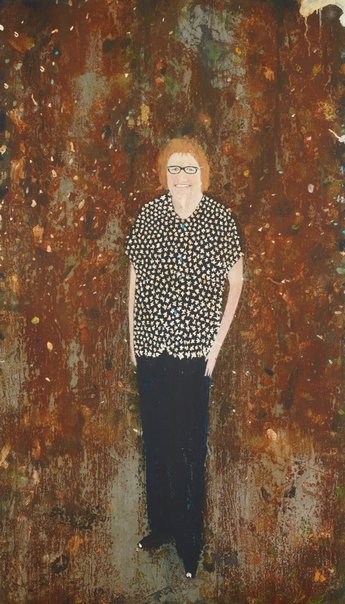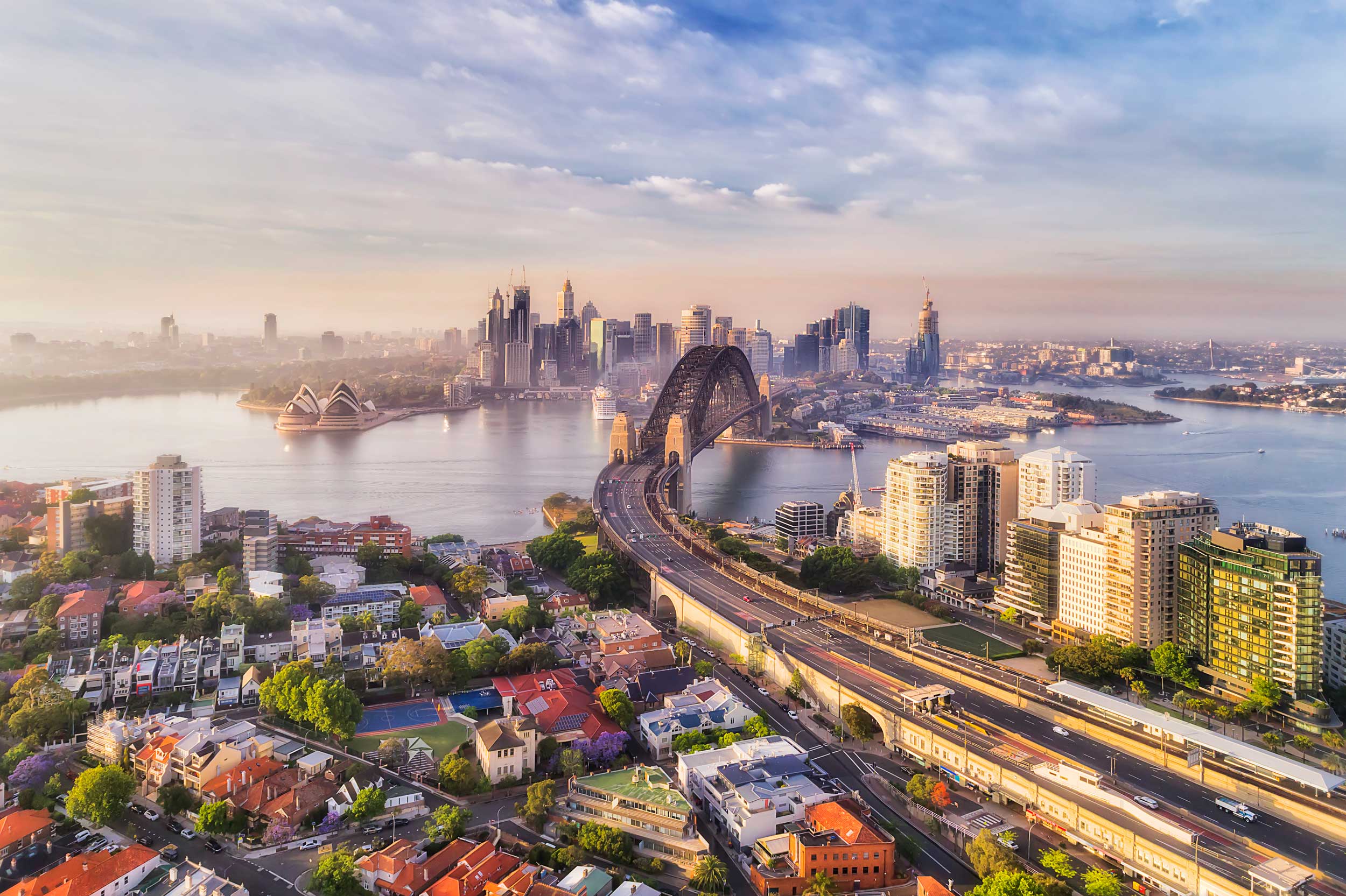An important condition of the Archibald Prize is that the portrait of an individual “distinguished in the arts, letters, science or politics” has to be painted within the twelve months leading up to the award ceremony. In practice, this condition should ensure that the portraits are of well-known people of contemporary interest and acknowledged excellence.
One could quibble that some subjects of the winning portraits while their excellence in their particular field is acknowledged, for instance, Lindy Lee, the subject of Tony Costa’s 2019 winning portrait, they are not well known outside it. As Archibald also laid down the condition that the prize should by adjudicated by a Board of Trustees rather than drawn from various professions associated with the arts it seems clear that he intended the portraits to reflect the larger society rather than a particular segment.
Thankfully, the present finalists and prizewinning portrait do reflect one of this year’s two major concerns, black lives and Covid-19. And thankfully, the prizewinning portrait is of Adam Goodes, an Indigenous sportsman not only known far and wide for taking a stand against racism but also for his exemplary conduct in the debate that ensued. Entitled Stand strong for who you are the portrait is a lively and balanced display of vignettes, including Goodes’s famous war dance and a re-enactment of Nicky Winmar’s iconic gesture.
Further, the artist, Vincent Namatjira, who is known for his witty and subversive portraits critiquing colonialism, and who has been a finalist in previous years, is the great-grandson of well-known and recently revalued artist Albert Namatjira. His reputation undermined by the perception that his style endorsed European proprietorship, Albert Namatjira’s landscapes have come to be understood as coded expressions of traditional sites and sacred knowledge. It is never too late to attempt to make amends to everyone.
In addition to getting the Prize right, the list of finalists included several Indigenous artists – Charlene Carrington’s portrait of her father, Blak Douglas’s “Writing in the Sand” (a portrait of Dujuan Hoosan), Tiger Yaltangki’s joyous reflection on himself, Kaylene Whiskey’s whimsical “Dolly Parton visits Indulkana”, Thea Anamara Perkins’s respectful and loving “Poppy Chicka” and Meyne Wyatt’s catchy self-portrait which won the packing-room prize – showcasing the vibrancy of Indigenous art and its diversity. It is an important selection, acting as a corrective to the public’s perception of Indigenous art as necessarily dots and emu tracks.
The justice of the award and selection aside, there is much to enjoy, reflect on and wonder at in the 55 portraits on display. There are sensitive reminders of the importance of mental health – Karen Black’s “Madonna”, Melanie Gray’s “Disquietude” – and, as expected, a proliferation of artists’ self-portraits or portraits of artists by artists. Many are lovely in the traditional sense, for instance Tsering Hannaford’s classical self-portrait, and many, like Neil Tomkins and Digby Webster’s conjoined portraits of each other, are endearing and quirky. Some like Yuri Shimmyo’s small self-portrait are quietly interrogative and others, like Dee Smart’s “I’m here”, are confronting.
In contrast there is the BIG portrait, intimidating and overpowering, of figures of relative fame and power: Paul Newton’s imposing white-clad Maggie Tabberer and Jun Chen’s portrait of art dealer Phillip Bacon descending, god-like, to make or break the unseen suppliant. More likely to be recognised by judges as significant figures of our time are the large half-body portraits: Angus MacDonald’s intense Behrouz Boochani (a likely front runner), Justine Muller’s reflective Jack Mundey, Charles Mouyat’s almost saintly Matt Kean (NSW Minister for Environment and Energy) and Craig Ruddy’s seer-like Bruce Pascoe, all of whom are “distinguished” by a passion for larger social issues.

However, prizes and issues aside, one portrait may just appeal as a painting and, in my case, it was Richard Lewer’s portrait of Liz Laverty described by the artist “as a warm, passionate, humble woman”. He gets it across.
_______________
The finalists for the Archibald, Wynne and Sulman Prizes, and for Young Archie, a competition for 5- to 18-year-olds are on display at the NSW Art Gallery until January 10, 2021.






